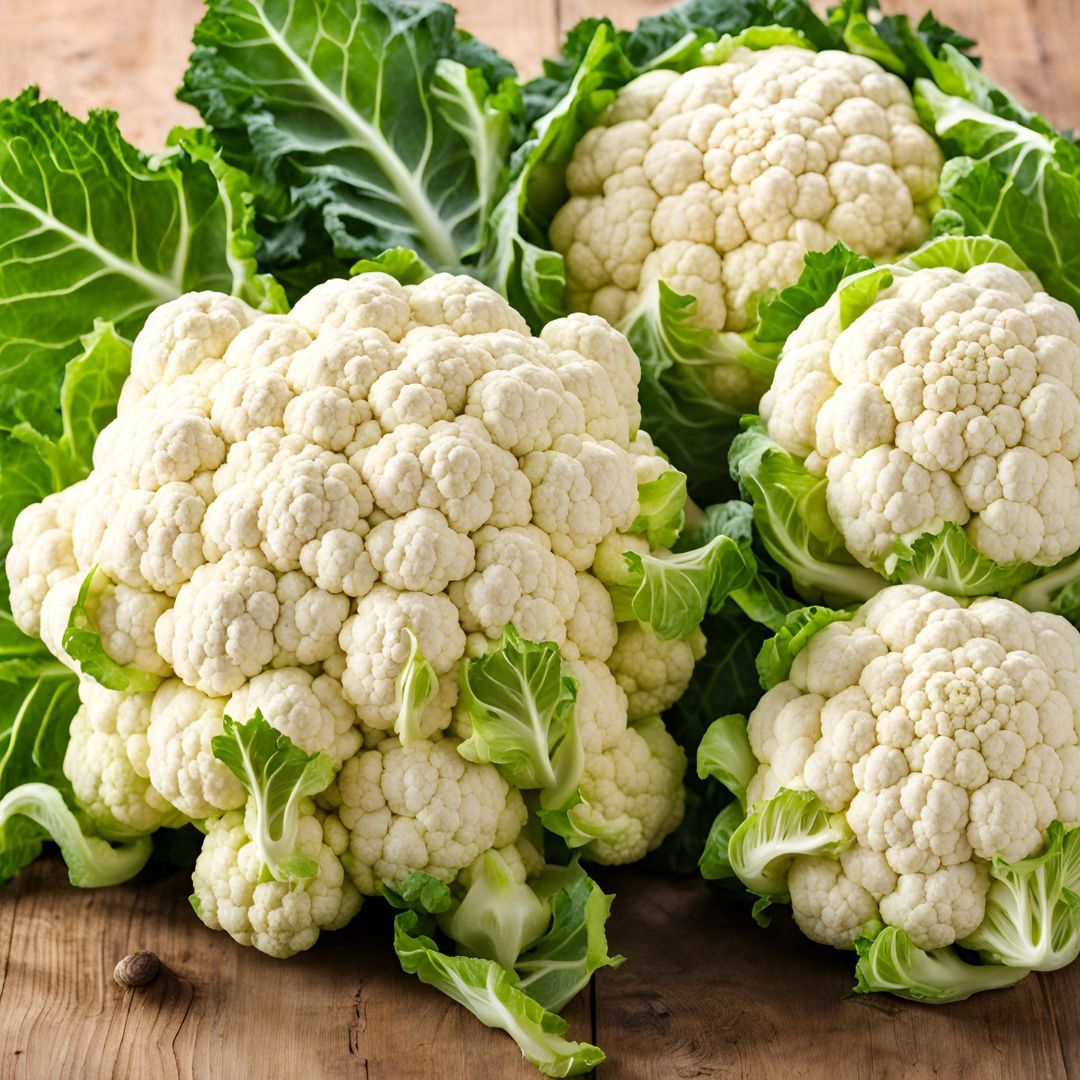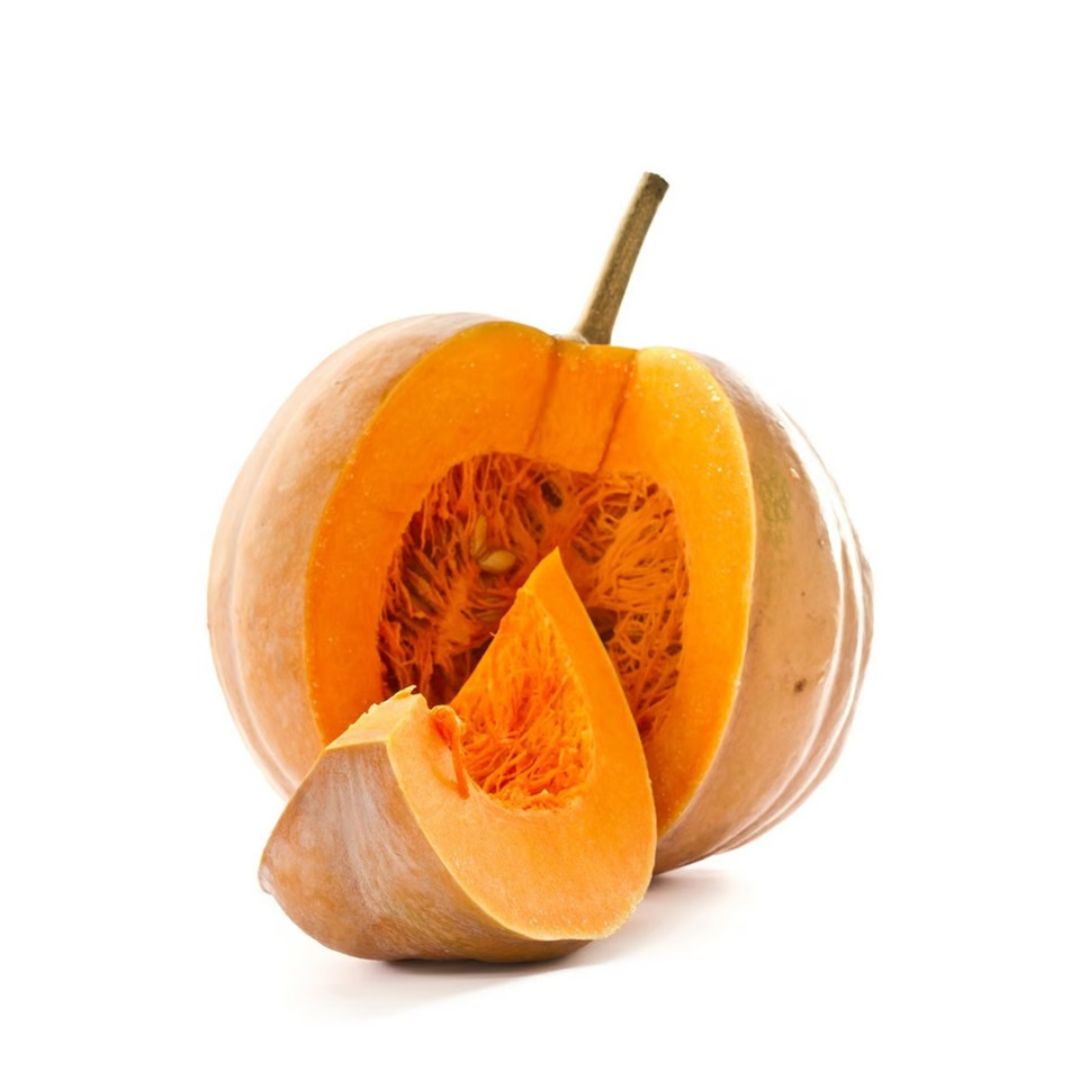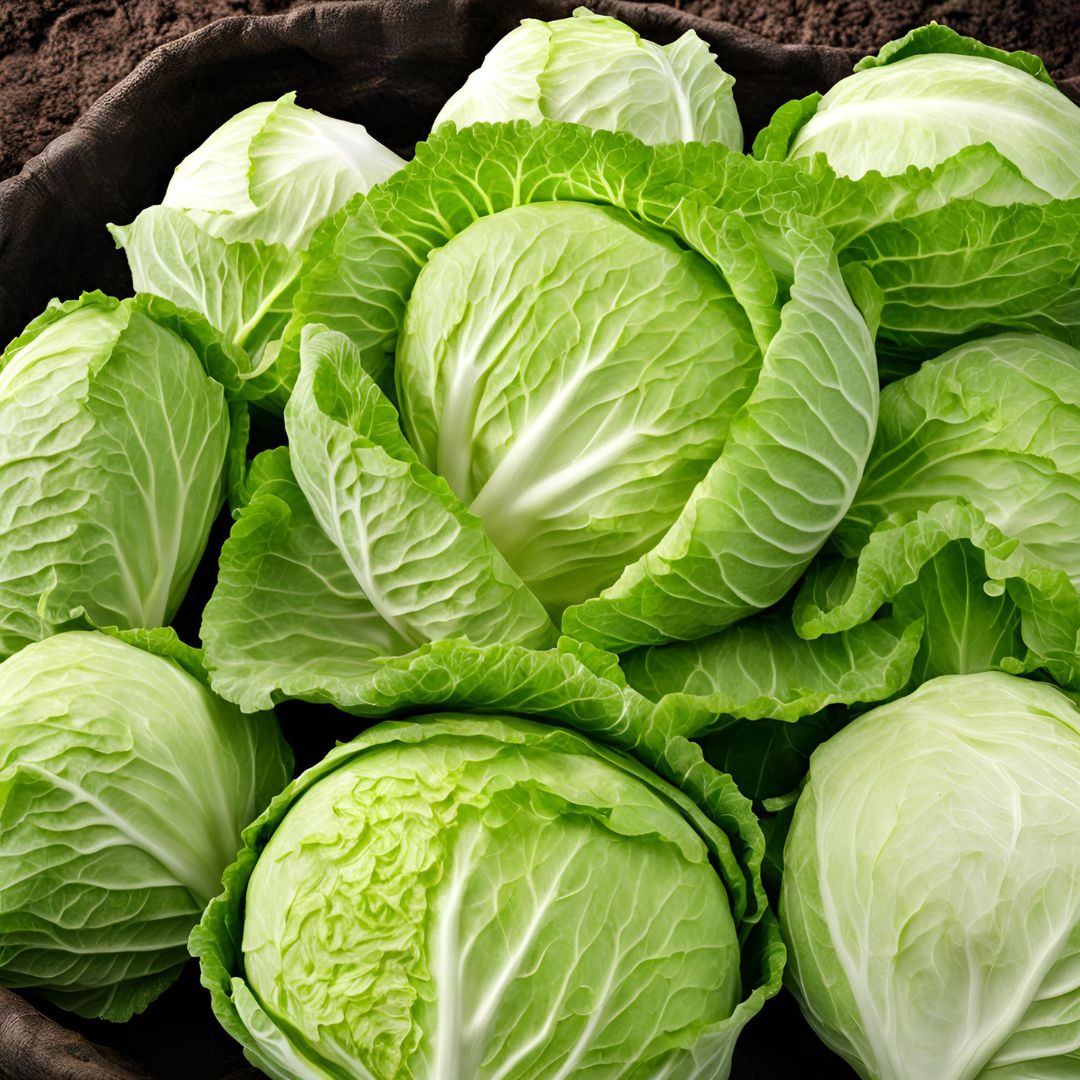Major Varieties of Indian Cauliflower
1. White Cauliflower:
o The most commonly grown variety.
o Known for its creamy white head and mild, slightly nutty flavor.
o Typically used in curries, soups, and stir-fries.
2. Purple Cauliflower:
o A vibrant, purple-colored variety.
o Slightly sweeter and milder than white cauliflower.
o Often used in salads and as a garnish.
3. Green Cauliflower (Broccoli-like):
o Has green heads and a more compact texture.
o A healthier alternative with a mild, slightly peppery taste.
o Popular in European and Middle Eastern cuisines.
4. Orange Cauliflower:
o Known for its bright orange color, due to the presence of beta-carotene (vitamin A).
o Used in soups, salads, and as a colorful addition to various dishes.
Top Cauliflower-Producing States in India
1. Himachal Pradesh: Known for high-quality cauliflower, particularly from regions like Solan and Kullu.
2. Uttar Pradesh: A major producer, especially around Kanpur and Lucknow.
3. Madhya Pradesh: Grows significant quantities of cauliflower, especially in the northern regions.
4. West Bengal: A significant contributor to India's cauliflower production.
5. Punjab: Grows cauliflower in both summer and winter seasons.
6. Karnataka: Known for producing cauliflower and other vegetables for both domestic and export markets.
Export of Indian Fresh Cauliflower
India's fresh cauliflower is widely exported due to its high quality, affordability, and global demand for fresh vegetables. Export markets are expanding as demand for fresh, healthy, and organic vegetables increases worldwide.
Major Export Destinations
• Asia: Bangladesh, Sri Lanka, UAE, and other Middle Eastern countries.
• Europe: United Kingdom, Netherlands, and Germany.
• North America: United States and Canada.
• Africa: South Africa, Egypt, and Kenya.
Packaging and Transportation
1. Packaging Standards:
o Fresh cauliflower is typically packed in ventilated cartons or plastic crates.
o Standard packing is 5kg, 10kg, or 20kg.
o The packaging should ensure adequate ventilation to prevent spoilage and preserve freshness during transportation.
o Labels must include the variety, grade, weight, and country of origin.
2. Storage and Transport:
o Ideal temperature: Store cauliflower at 0-4°C for optimal freshness and to extend shelf life.
o Humidity: Maintain a high humidity level (90–95%) to prevent dehydration.
o Cauliflower should be transported in refrigerated containers to ensure it arrives fresh and retains its quality.
Advantages of Indian Fresh Cauliflower
1. Rich Nutritional Value:
o Cauliflower is rich in vitamin C, fiber, antioxidants, and is low in calories, making it a popular choice for health-conscious consumers.
2. Affordability:
o India produces cauliflower at a lower cost, making it competitive in the global market.
3. High-Quality Produce:
o Indian cauliflower is known for its large, uniform, and white heads, making it attractive for export markets.
4. Variety:
o India produces a range of cauliflower varieties, including white, purple, green, and orange, catering to different market preferences.
Challenges in Cauliflower Export
1. Perishability:
o Cauliflower is highly perishable and requires careful handling and cold chain management to maintain freshness during transport.
2. Seasonality:
o Cauliflower production in India is seasonal, and supply may vary during certain times of the year, leading to potential price fluctuations.
3. Storage and Handling:
o Proper storage conditions are essential to prevent damage, browning, or decay.
4. Market Competition:
o Competing with other cauliflower-producing countries like China, Spain, and the United States.
Opportunities
1. Organic Cauliflower:
o With growing health consciousness, there is an increasing demand for organic vegetables, including cauliflower. Exporting organic cauliflower can cater to niche markets.
2. Value-Added Products:
o The demand for frozen cauliflower, cauliflower florets, and cauliflower-based processed foods (like cauliflower rice) is on the rise in international markets.
3. Health and Wellness Trends:
o With cauliflower's rising popularity due to its health benefits (high in antioxidants and vitamins), there is a growing opportunity to target health-conscious consumers in international markets.
4. Frozen Cauliflower:
o Exporting frozen cauliflower can help overcome the challenges of perishability and cater to markets where fresh cauliflower is not easily available year-round.




